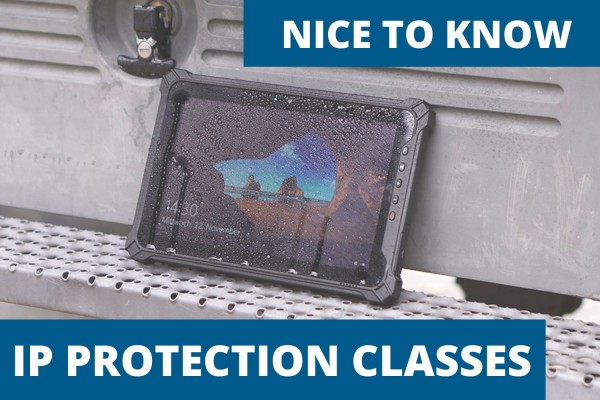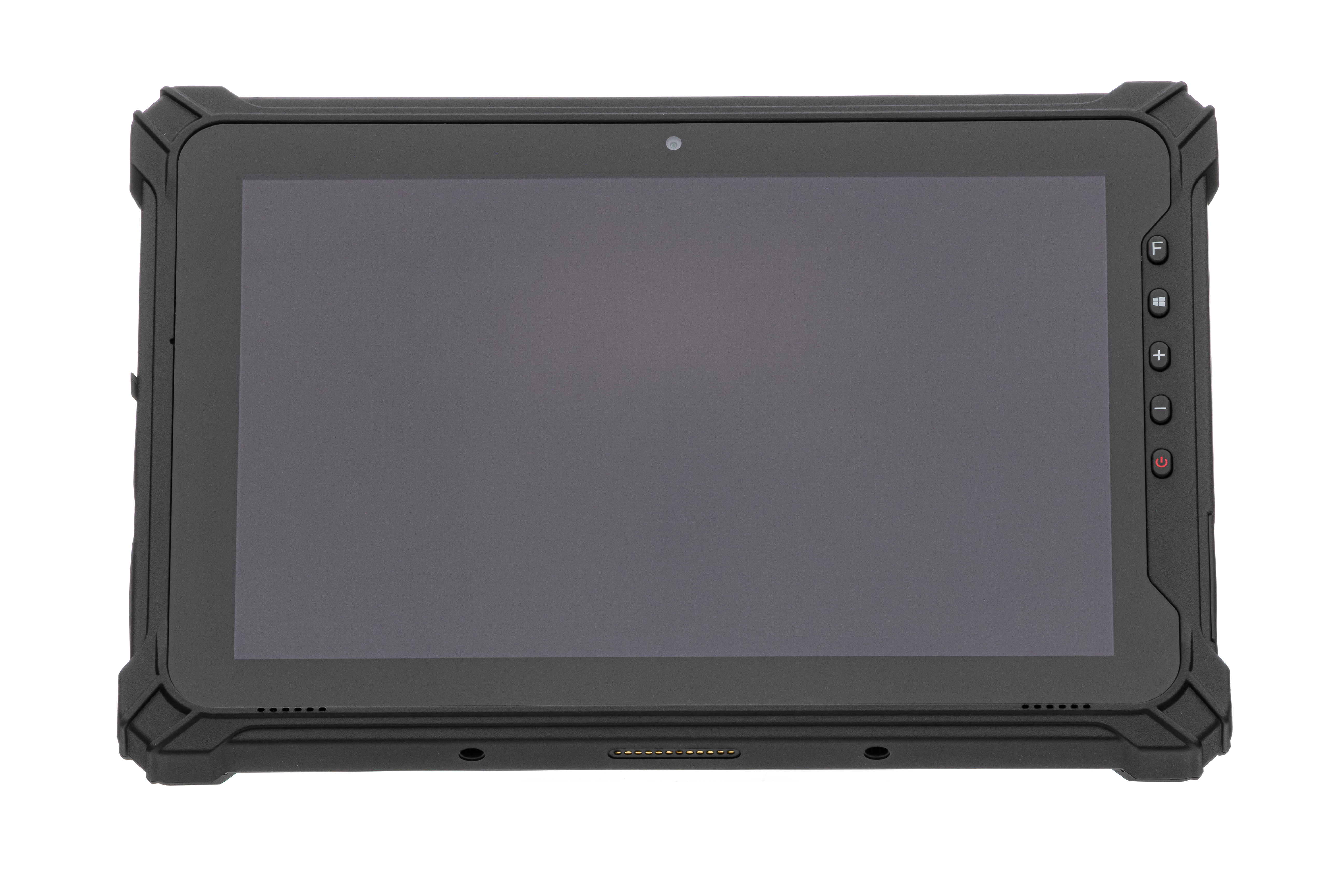IP protection classes at a glance
The letters "IP" in the IP protection class stand for "Ingress Protection" or "International Protection". They indicate the degree of protection of electrical devices against the ingress of solid foreign bodies (first digit) and moisture (second digit). "Ingress Protection" illustrates how well a device protects against external influences, and "International Protection" indicates that these standards are recognised and standardised worldwide. Together, the letters represent the global standards for describing the degree of protection of electronic devices.
The first digit of the IP classification refers to the protection against solid foreign bodies. A '0', for example, means no protection, while a '5' indicates dust protection and a '6' dust-tightness. From large particles to fine dust, these digits provide a clear overview of how well the device is protected against the ingress of solids.
The second digit indicates how well the device is protected against moisture. Here the scale ranges from '0' for no protection to '8' for protection against permanent immersion under special conditions. Whether it is dripping water, splashing water or even temporary submersion - these digits provide clear orientation.
A protection class for every application
IP protection classes have a direct impact on the possible uses of electronic devices. An IP44 classification, for example, means protection against solid foreign bodies with a diameter of one millimetre or more and protection against splash water. This protection class could be ideal for use in environments where moisture and small particles play a role, for example in workshops.
For more robust requirements, however, you could look for devices with higher IP classifications. An IP65-certified device, for example, is not only dust-proof, but also protected against water jets from a certain angle. This makes it suitable for outdoor use, where it could be exposed to severe weather conditions.
Selecting the right IP protection class
Choosing the right IP protection class is crucial for the longevity and performance of electronic devices. It ensures that a device can withstand the specific requirements of its environment, be it a dusty workshop, a humid outdoor area, or an underground system. It is therefore important for developers, manufacturers, and end users understand the IP classification and take it into account when selecting electronic devices.
Keywords such as IP protection class are also not unknown in our product portfolio. For example, the SQUARE 18, SQUARE 21 and our RUGGED Tab 10 are IP 65 dust and water protected. Our spo-comm RUGGED Tab 10 is even MIL-STD-810G certified, a US military standard that specifies the suitability of equipment for use in military applications.
##Discover our panel and tablet PCs







